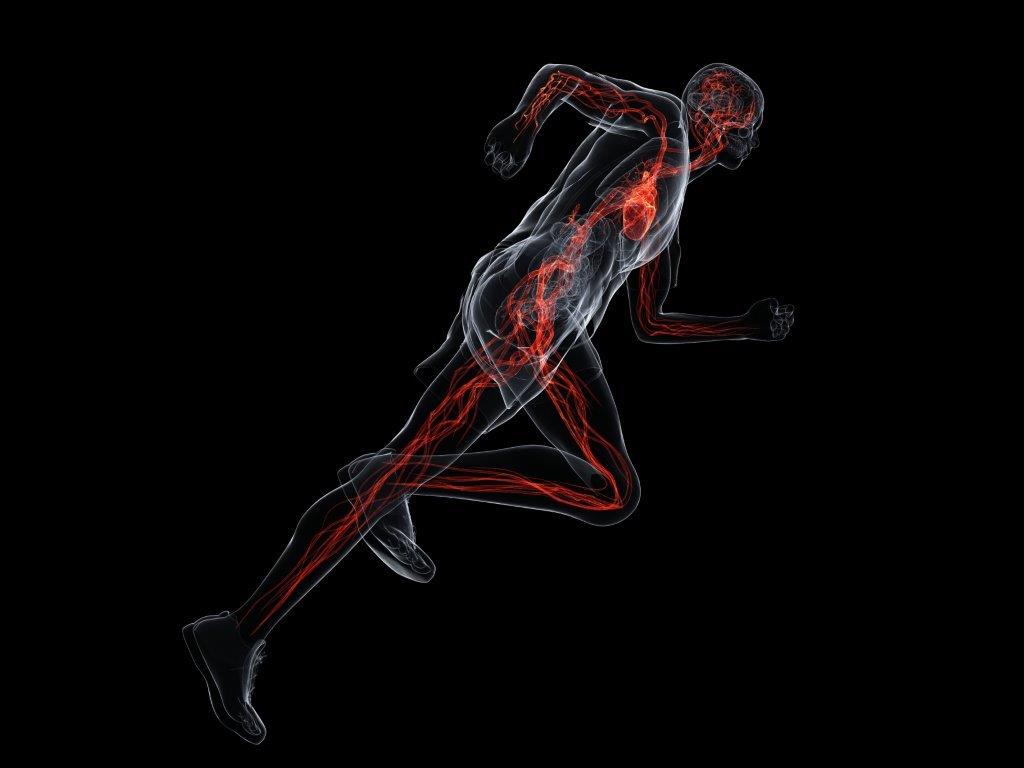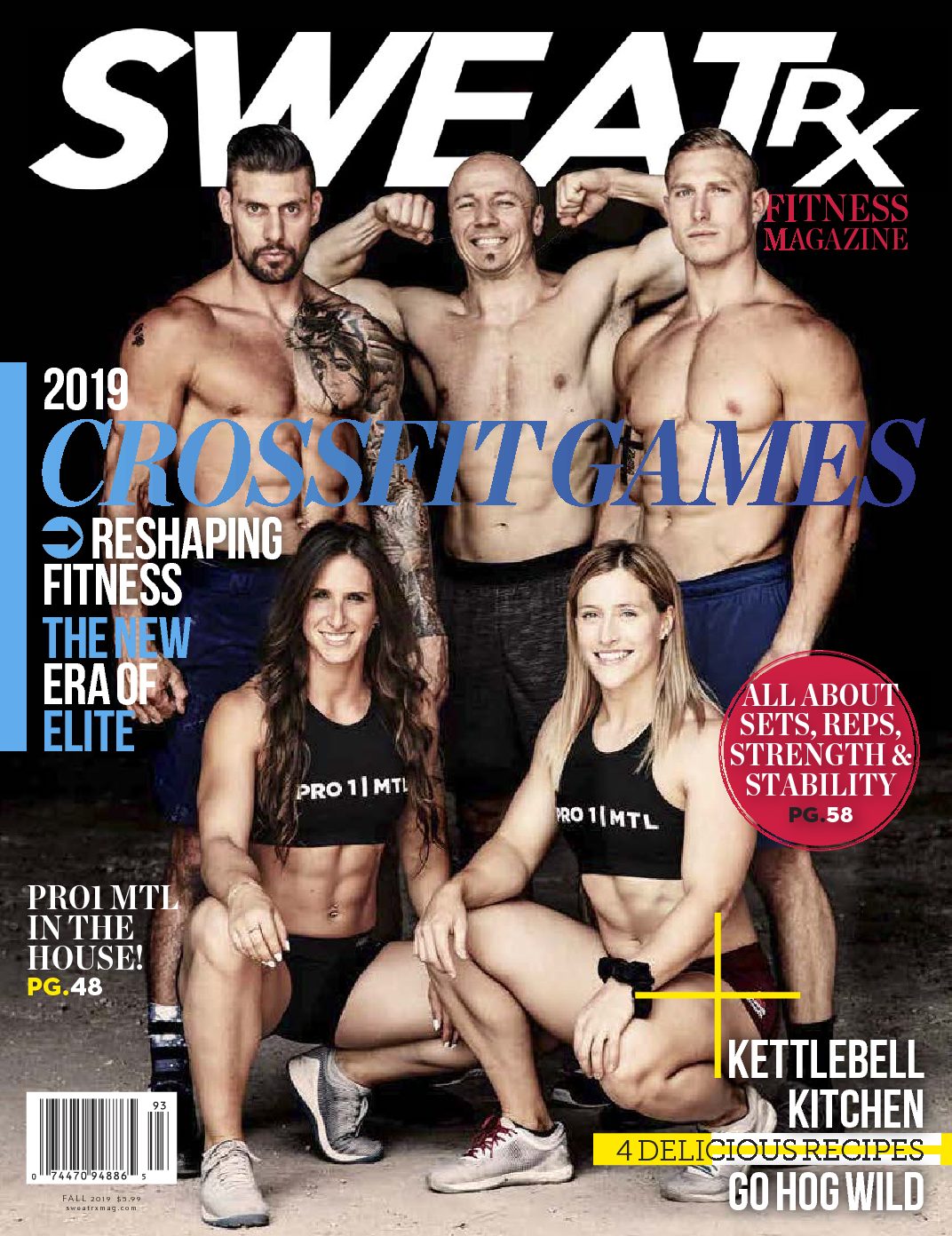Inside Sweat RX
Runners NEED CrossFit – Five Reasons Why Runners Should Include Weight Training
If you like to run and have been struggling to increase your mile pace or need a boost in short sprint speed for the final kick, strength training is the answer. Athletes in endurance sports such as swimming, cycling, rowing, or skiing cross-country will also benefit from strength training.
The right strength training program will also help you lose fat—lightness is always a benefit for runners. It will also improve your endurance and can help prevent injuries. Strength training also provides protective health benefits such as better insulin sensitivity and higher antioxidant status, making it essential for all runners.
If you’re already strength training and not seeing results, it may be because you’re not doing the right kind of training—that is, there may be something wrong with your protocol such that you’re not triggering adaptations. Luckily, the research tells us what you need to do whether you run 5Ks, marathons, triathlons, or just run for fun.
“This article is for runners but will apply to most endurance athletes. In some cases I present research using athletes from sports other than running such as rowers and cyclists. These are general conclusions that can be drawn from these studies and applied to most endurance sports because they are based on physiology.”
Top Five Reasons Runners Should Strength Train
1) Get Faster
Strength training will make you faster. Whether you are a short distance runner (800 meters to a mile) or a longer distance runner (mile on up), you’ll find your pace increasing when you start strength training. Strength training will increase leg strength and improve your body’s efficiency to use energy and oxygen.
Increasing the body’s ability to use oxygen efficiently is a primary goal of endurance training, and it is measured by VO 2 max, or maximal oxygen uptake. Simply, if you can decrease the amount of oxygen needed to run at a certain speed, you’ll be able to sustain a fast pace for a longer time and likely be able to run faster overall.
Take away: Strength training will improve your pace and make you faster overall. A maximal (heavy) strength program for the lower body will produce best results.
2) Have A Better Final Kick
A heavy lower body strength training program will make you faster because you’ll be able to generate more force when you kick off the ground. Combined with better running economy and the ability to use energy more efficiently, you’ll have a better final kick.
One reason strength training will increase your speed is that you’ll increase your proportion of type IIA muscle fibers that fatigue slowly and are able to produce speed and power. The type II fibers are the “fast-twitch” fibers and sprinters have a large concentration of them because their training triggers the development of these fibers.
Take away: Strength training will increase your speed. You’ll have a better final kick with more fast, fatigue-resistant muscle fibers.
3) Decrease Body Fat
Strength training will help you lose fat. The bulk of energy that is burned in the body comes from your resting metabolic rate, which is a function of the proportion of lean muscle to body fat. Body fat slows that metabolic rate and produces various substances that make you fatter, including aromatase (turns testosterone into estrogen) and adipokines (slow metabolism). Muscle and lean tissue improve metabolism instead of hurting it, meaning to be a better runner (and have a better looking body), you want more muscle and less fat.
Experienced and elite runners will know that it is hard to lose fat unless you do large amounts of high-intensity training. People often point out that elite runners are “thin” and have a low body fat percentage. This is true, and they tend to do a very large volume of running at a high intensity. For those of you who are interested in getting lean without increasing your distance or intensity, strength training can help.
Take away: Strength training will burn fat and decrease your body fat percentage making you lighter and faster.
4) Have Better Body Composition
Strength training will enhance your overall body composition. Research shows that if you program properly, you don’t have to gain muscle mass. It’s possible to develop a protocol to get you in shape for endurance exercise and gain muscle with the right nutrition and supplementation.
A common concern for competitive endurance athletes is gaining body mass with strength training. Even lean muscle gains have been a concern because elevated muscle mass is thought to be detrimental for optimal endurance sports where muscle forces are generated to support the body mass against gravity. This issue could be debated since gaining strength and muscle mass in the legs will certainly make you faster if your training protocol is for relative strength. But, for simplicity, I will assume that you are doing a large volume of endurance training, which means that the most you can hope to get out of your strength training program is increased speed and endurance with decreased body fat.
Take away: Strength training is safe for athletes who don’t want to gain muscle mass. The catabolic/anabolic processes “cancel” each other out. Strength training increase fiber type proportion, neuromuscular function, and fuel utilization for better performance.
5) Prevent Injury
Strength training will help you get rid of nagging injuries or chronic pain and help prevent future injuries. It will also help you correct structural imbalances that increase injury risk and lead to improper motor patterns. For example, the non-dominant side of the body is often weaker, which will throw your stride off, as will problems with your feet such plantar fasciitis or bunions.
Naturally, if you are new to strength training, you will need to develop base levels of strength, and a muscular endurance program may be appropriate. It’s necessary to achieve basic strength and flexibility in the hips and ankles so that you can properly do squats and deadlifts with good technique.
Take away: Strength training improves structural balance and can help prevent injury and chronic pain. Feel better when you run!
To get the most out of your strength program, perform multi-joint, ground-based lifts such as squats and deadlifts. Step-ups and lunges are also essential. Although, a more advanced technique, lifting with a varied or slow tempo will also provide benefits to runners. Tempo training, or the variation of the amount of time spent on the up and down phase of a lift, is a great way to provide a new and different stimulus to the muscles. If you feel you’ve hit a plateau or want to try something new, consider varying your tempo—it will challenge your weaknesses and make you faster and stronger.
Take away: Runners new to lifting should develop base levels of strength and flexibility. Then, it’s time to lift heavy and vary tempo to turn weaknesses into strengths.
























